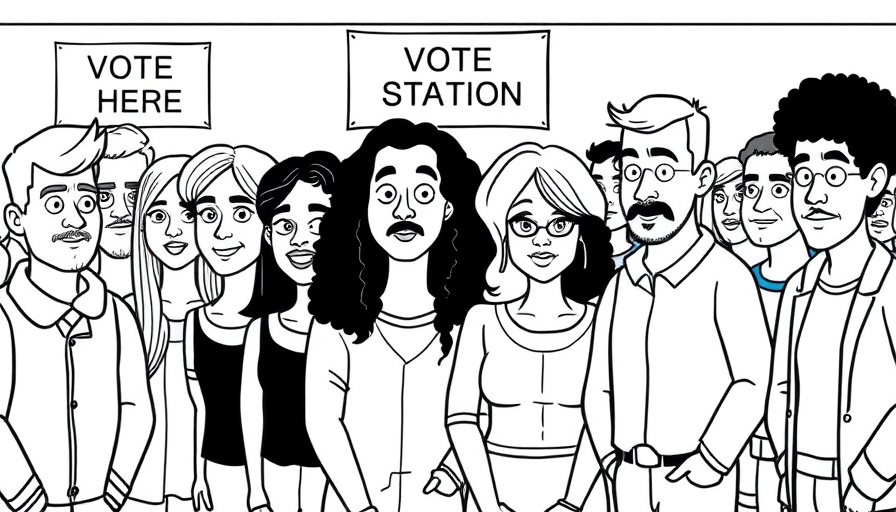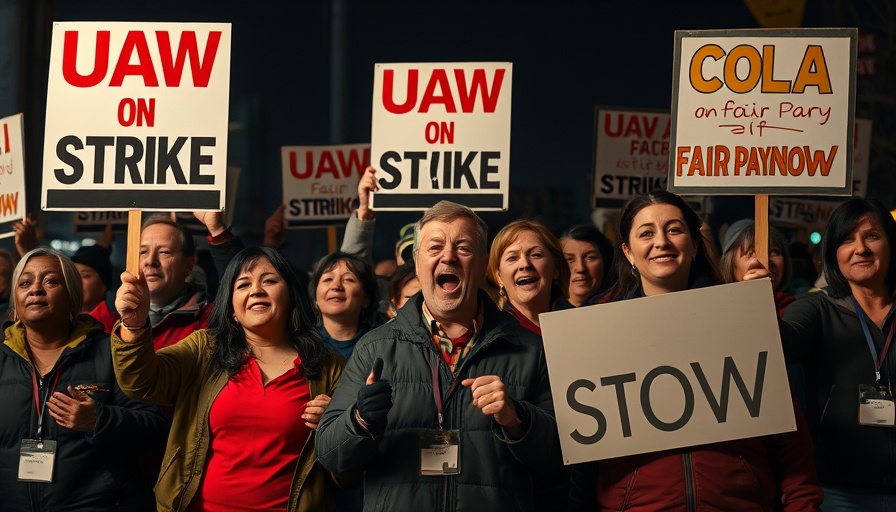
Why a New Perspective on the Death Penalty Matters Today
The death penalty remains one of the most contentious issues in American society. In recent years, debates have been reignited with differing opinions shaping our justice system. Charles Lane’s shift from opposition to support for the death penalty under specific circumstances raises important questions about justice, morality, and societal safety. Supported by current policy shifts, this change in opinion reflects deeper truths about our criminal justice system and challenges us to reconsider what justice should entail.
Historical Context: The Evolution of the Death Penalty
The death penalty has been a part of American law since colonial times, often viewed as a necessary deterrent against heinous crimes. However, its practical application has evolved over the decades, intersecting with civil rights movements, public sentiment, and evolving legal standards. Following a wave of exonerations prompted by DNA evidence, growing concerns regarding wrongful convictions have fueled debates, leading many, including Lane, to question its effectiveness. Yet, the persistence of violent crime stories often sways perspectives, emphasizing the need for rigorous discussion surrounding the death penalty.
The Case for Nuanced Perspectives on Capital Punishment
Charles Lane emphasizes that while the death penalty may have imperfections, certain extreme cases—“the worst of the worst” as he terms them—could justify its application. This aligns with a more nuanced approach that does not dismiss the tool outright but rather advocates for its careful application in specific, notorious cases. As President Trump’s administration reintroduces the death penalty federally, this invokes a larger conversation about safety, justice, and what constitutes a moral response to crimes against humanity.
Understanding Public Sentiment: A Broader Perspective
In a country where 64% of liberal Democrats oppose the death penalty, as reported by Pew Research, Lane’s stance might appear unpopular, particularly in urban areas like Philadelphia. As top wage earners, many may find themselves grappling with the implications of punitive justice juxtaposed with rehabilitation approaches. This reflects not only an urban vs. rural divide but also a class divide regarding views on justice. The need for a safe community often clashes with the powerful ideals of reform and rehabilitation.
Predicting Future Trends in the Justice System
As the justice landscape continues to shift, the question remains: how will the return of federal executions affect public opinion? While the pandemic slowed many policies, an emerging willingness to engage with capital punishment could reveal broader shifts in how America addresses crime. Furthermore, the potential for new crimes to induce a reevaluation of the death penalty paradigm could lay the groundwork for future legislative and judicial changes.
Conclusion: What Lies Ahead for Capital Punishment?
The death penalty debate requires us to confront complex issues of morality, justice, and public safety. As recent shifts in policy and public opinion emerge, we must remain open to new perspectives. Advocating for an informed dialogue about the death penalty's role may help bridge divides, ensuring that justice does not merely mean punishment but also a reflection of our values as a society. Consider what your stance on the death penalty says about your beliefs on justice, human rights, and community safety.
If you are engaged with the broader implications of the justice system, I encourage you to explore how you can shape the future of criminal justice in your community. Every voice counts in this important conversation.
 Add Row
Add Row  Add
Add 




Write A Comment